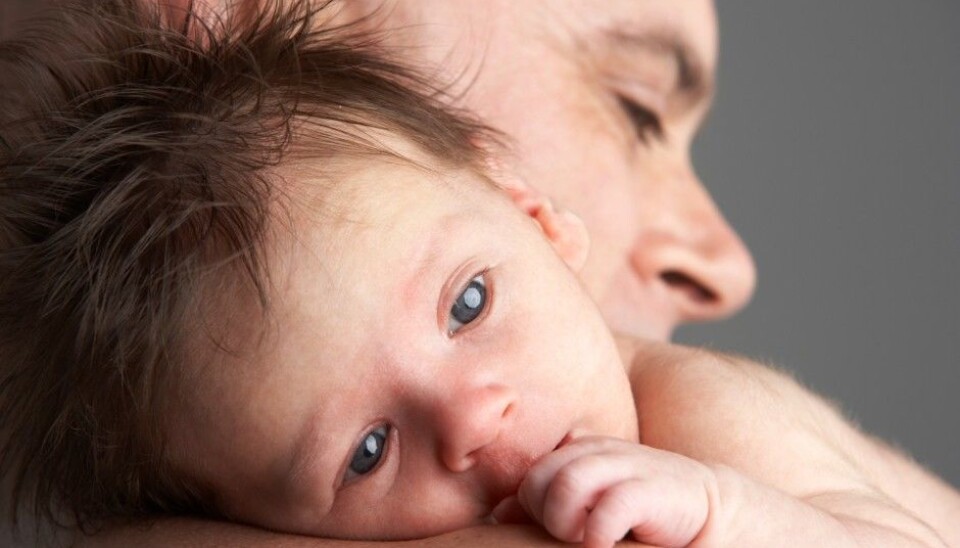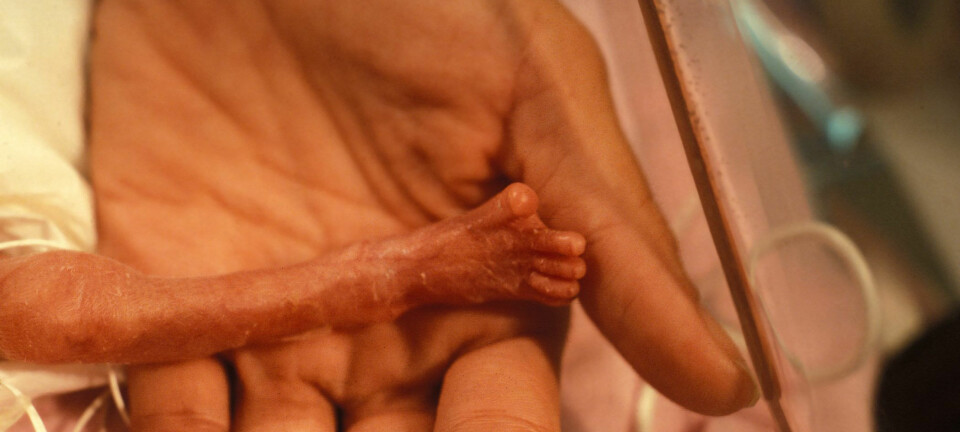
Early relationships influence childbearing
Childlessness is less likely if you have some cohabitation experience with a partner in an early relationship- but not too much.
Denne artikkelen er over ti år gammel og kan inneholde utdatert informasjon.
Cohabitation in one’s early relationships can reduce the likelihood of childlessness. Or not, depending.
Individuals who have lived with a partner early in life and later entered into a long-term relationship will probably have children, a Norwegian study shows.
However, if you have multiple cohabiting relationships behind you and have also lived as a single person for long periods in between, you are much more likely to remain childless.
This correlation is particularly strong for men, as well as for women with a high level of education. A previous study shows that almost 25 per cent of Norwegian men and 13 per cent of Norwegian women are childless today.
Cohabitation patterns play a role

Rannveig Kaldager Hart is a researcher at Statistics Norway (SSB). She looked closely at data on nearly 8,000 Norwegian men and women. Among other things, they were asked if they had had one or more co-living relationships. The researcher found that two groups stood out clearly.
In organizing her research data, Hart clustered similar cohabitation stories. “I grouped people together by how many cohabitation situations they had had, the number of breakups they’d experienced and when they’d entered into and dissolved their relationships,” she says.
In the first group, individuals are rarely childless. In the second group, individuals are often childless.
The first group includes men and women who have lived with a partner, often in their early 20s. This was a “trial union” for many of the co-habiting couples. Later these individuals lived in a long and stable relationship with another person. Childlessness in this group is minimal.
The second group has a significantly higher childlessness level. Hart found that these individuals either have multiple co-living relationships behind them, or they lived alone for longer spells between relationships.
Only people who have no cohabitation experience, or very little, remain childless more often.
Better education leads to better planning
Hart’s findings raise the question as to why the correlations are particularly strong for men and for women with higher education.
“For men, it’s hard to say for sure. As far as women with higher education go, we know that this group of women is more likely to plan their births. It may be that they are more reluctant to have a child in a fragile relationship,” she says.
Hart adds that childlessness among highly educated women is much more common in other Western countries than in Norway.
“In Norway we have support schemes that make it easier to combine work and family, and that apply to both men and women. This may be part of the reason well-educated Norwegian women have as many children as they do,” she explains.
Although Hart studied the data of Norwegians born between 1928 and 1962, who by now would mostly have had all their children, she does not believe that the pattern would be any different for those who are young adults today.
“Cohabitation and divorce have become increasingly common,” she says.
Contrasting influence of socioeconomic status
UK and US studies have determined that serial cohabitation is strongly related to low income and low education, meaning that people who have been through several short cohabiting relationships have low socioeconomic status more often than others.
Hart has not found the same correlation in the Norwegian data. She thinks the explanation may lie both in the cultural differences between the US and Norway, and in better support programs in Norway.
-------------------------------------
Read the Norwegian version of this article at forskning.no


































